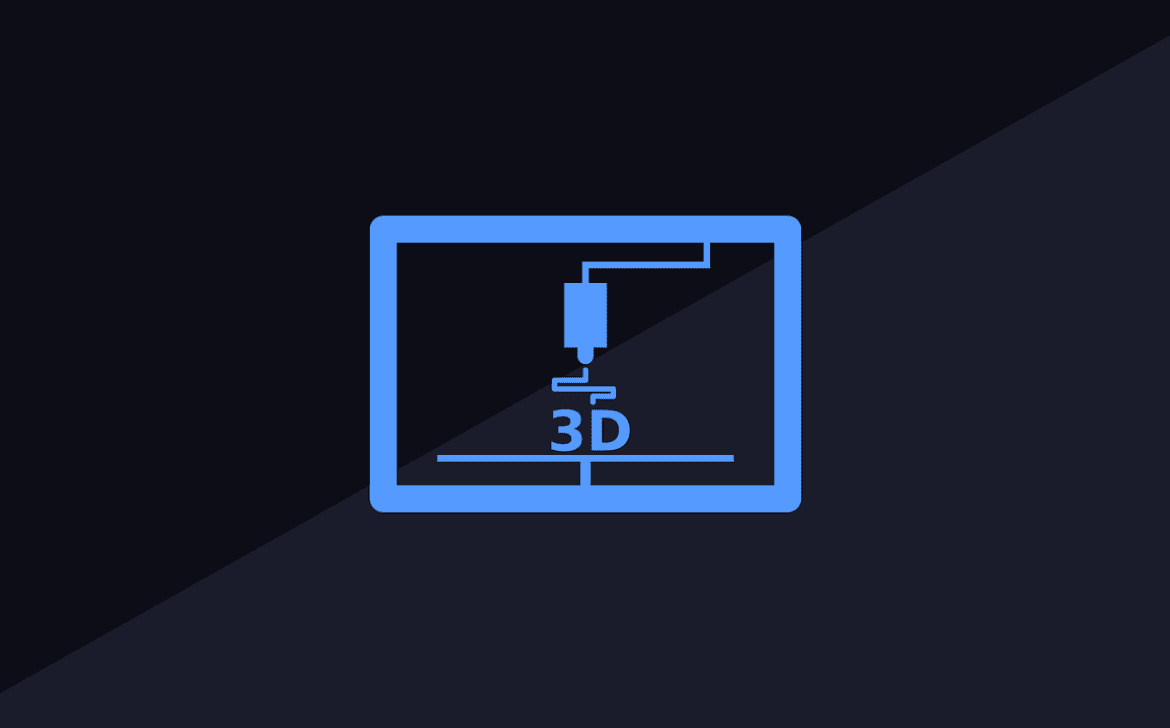The Renaissance of Manufacturing: Unleashing Creativity with 3D Printing

In the realm of technology-driven transformation, few innovations have captured the world’s imagination like 3D printing. This groundbreaking technology, also known as additive manufacturing, has ushered in a new era of creativity, efficiency, and customization. Let’s delve into the magic of 3D printing and how it’s revolutionizing manufacturing and design.
Understanding 3D Printing
At its core, 3D printing is the process of creating three-dimensional objects layer by layer. Unlike traditional subtractive manufacturing methods that involve cutting away material, 3D printing builds objects from the ground up, layer upon layer. This allows for incredible design freedom and the creation of intricate geometries that were previously impossible to achieve.
Applications Across Industries
3D printing is reshaping industries across the board. In manufacturing, it’s being used for rapid prototyping, allowing designers to quickly create physical prototypes and iterate on designs. In healthcare, 3D printing is revolutionizing personalized medicine, enabling the creation of custom implants, prosthetics, and even organs. The aerospace and automotive industries are benefiting from lightweight, complex parts that were previously unattainable.


Unleashing Creative Design
3D printing empowers designers to turn their wildest ideas into reality. The technology allows for the direct translation of digital designs into tangible objects, encouraging experimentation and innovation. Artists, architects, and designers are pushing boundaries by creating sculptures, structures, and artworks that challenge traditional concepts of form and function.
Sustainability and Material Innovation
3D printing is also contributing to sustainability efforts. By using only the material needed for the object being printed, waste is significantly reduced. Additionally, advancements in material science are expanding the range of printable materials, including biodegradable and recycled options.
Challenges and Advancements
While 3D printing holds immense potential, challenges such as print speed, material limitations, and post-processing are being addressed through ongoing research and development. Advancements in multi-material printing, speed, and precision are continuously improving the technology’s capabilities.
The Future of 3D Printing
The future of 3D printing is vibrant and promising. As technology continues to advance, we can expect to see even more integration of 3D printing in various industries, from aerospace to fashion. Customization, reduced lead times, and decentralized manufacturing are just a few of the exciting possibilities on the horizon.

